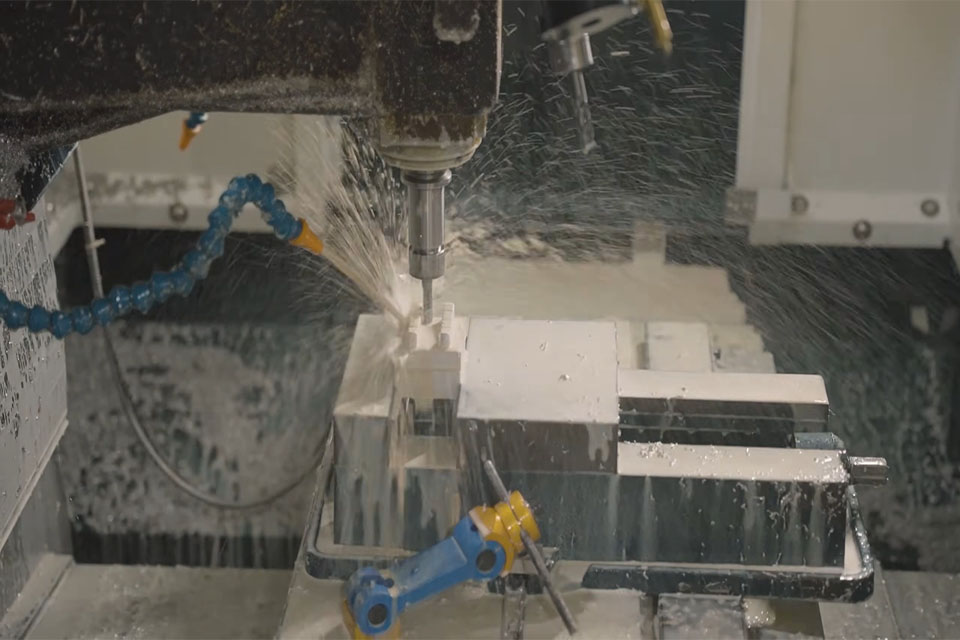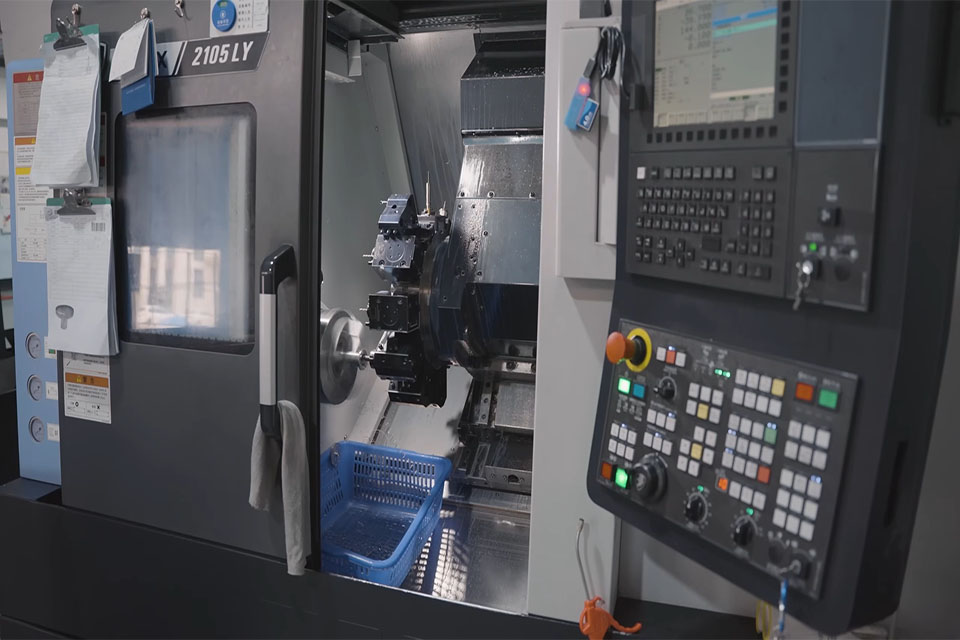
- +8615586668226
- [email protected]
- Nr 30, Hongbang Industrial Park, Shenzhen

Chrome plating has revolutionized manufacturing by offering solutions that balance aesthetics and performance. From Obróbka CNC do Obróbka precyzyjna, chrome plating plays a critical role in enhancing product durability and visual appeal. Let’s explore how this process works and why it’s indispensable across industries.
Chrome plating, also known as chromium plating or chrome electroplating, involves depositing a thin layer of chromium onto a substrate. This process improves wear resistance, corrosion protection, and surface hardness while delivering a polished, reflective finish.

The chrome plating process involves six key stages:
| Chemical | Rola |
|---|---|
| Chromic Acid (CrO₃) | Provides chromium ions for the chrome layer. |
| Sulfuric Acid (H₂SO₄) | Balances bath chemistry for uniform coverage. |
| Hydrochloric Acid (HCl) | Cleans the surface during activation. |
| Sodium Hydroxide (NaOH) | Removes grease and oil before plating. |
| Fume Suppressants | Minimizes toxic fumes during hexavalent chrome plating. |

Decorative Chrome Plating: Enhances appearance with a shiny finish.
Hard Chrome Plating: Focuses on durability and wear resistance.
Thin Dense Chrome Plating: Reduces friction and improves precision.
| Przemysł | Zastosowania |
|---|---|
| Motoryzacja | Engine components, bumpers, exhaust pipes |
| Lotnictwo i kosmonautyka | Landing gear, turbine blades |
| Urządzenia medyczne | Surgical instruments, dental equipment |
| Towary konsumpcyjne | Kitchen utensils, door handles |

The cost of chrome plating depends on:
Hexavalent chromium poses risks such as respiratory issues and skin conditions. To mitigate these:
| Technika | Zalety | Wady |
|---|---|---|
| Niklowanie | Smooth finish, better for complex shapes | Lacks hardness of chrome |
| Malowanie proszkowe | Color variety, eco-friendly | Less durable |
| Anodowanie | Allows coloring, matte finish | Lower abrasion resistance |
What materials can be chrome plated?
Steel, stainless steel, aluminum, brass, copper, plastic, zinc die-cast, and titanium.
How long does chrome plating last?
5 to 20 years, depending on usage and maintenance.
Can chrome plating be removed?
Yes, through mechanical removal, chemical stripping, or reverse electroplating.
Is chrome plating environmentally friendly?
Trivalent chrome is safer, but hexavalent chrome requires strict safety protocols.
What industries benefit most from chrome plating?
Aerospace, automotive, medical devices, electronics, and industrial equipment.

Poznaj najnowsze trendy i fakty dotyczące produkcji CNC na naszym blogu.
Shenzhen Runkey Precision Technology Co. Ltd, spółka zależna Tensun Group, jest zaufanym, kompleksowym rozwiązaniem w zakresie niestandardowej produkcji, od prototypowania po produkcję. Przekształcenie pomysłu w rzeczywistość dzięki cyfrowym zasobom produkcyjnym, usprawnionym procesom, wskazówkom ekspertów, przyspieszonym terminom i bezkompromisowej jakości.
©2024. CNC Fabrication Wszelkie prawa zastrzeżone.